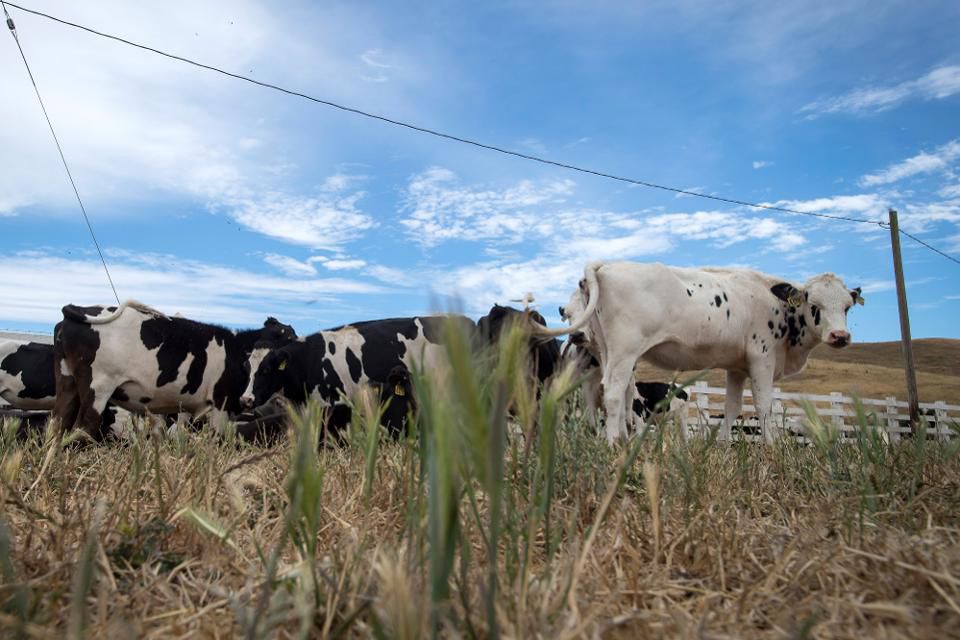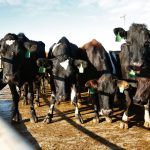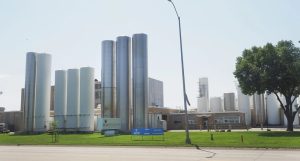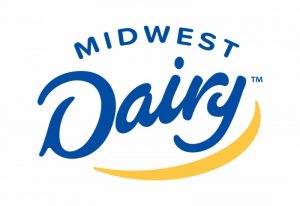
The U.S. should expect its lowest year-on-year growth since 2013, according to Dairy Quarterly Q4 2018, a Rabobank report.
The 2018 farm bill, recently signed by President Trump, expands some subsidies for larger dairy farmers and offers lower premiums to participate in a federal program that provides compensation when milk prices drop below a certain level.
China is expected to increase dairy imports by double digits in 2019, according to the Rabobank report. But will it be enough to sustain the U.S. dairy industry?
Tom Gallagher, CEO of Dairy Management, Inc. is hopeful.
“I believe we can regain our footing with fluid milk domestically. There are significant growth opportunities outside of the U.S. We have offices in several overseas countries, and we’re really focused outside our borders because as more people move into the middle class, we find they have a high demand for animal protein, and we’re a great source for that.”
In 2018 there was a highly-publicized shortage of Oatly oat milk, a Swedish brand that will open a new factory in New Jersey to meet the demand.
The farm bill also increased funding for the Organic Agriculture Research and Extension Initiative (OREI) to $395 million over the next 10 years.
Julia Hudyncia is a farmer and educator in Fort Plain, NY whose Hu-Hill Farm is part of dairy coop Organic Valley. After lobbying in Washington D.C. and hosting U.S. Representative John Faso at her farm, she is “very happy” about the gain for organic research.
“Larger institutions are always able to fund research, so it’s skewed and biased, just like a lot of things in our society,” Hudyncia said. “It will be nice to have some concrete evidence and research that might not have a bias side.”
It will be interesting to see the future of organic dairy in the U.S. as more research on organic practices emerges.

























